Find relaxation and harmony and experience authentic Korean cultural immersion by staying at the boutique hotel or Hanok, Cheong Yeon Jae.
Following my trip to Hong Kong, the next stop on my Asia tour was a place that had been on my bucket list for a while—Seoul. When deciding where to stay, I knew I wanted to immerse myself in Korean culture as much as I could. Bukchon Hanok Village, or the noblemen’s residential area during the Joseon Dynasty which still retains its old world charm, was the obvious choice. I was in search of the perfect Hanok, or traditional Korean house, to stay in when I came across Cheong Yeon Jae.
Cheong Yeon Jae means “a clear and clean connection that further advances to more precious and better relationships.” The boutique hotel’s number one goal is to get you closer to Korean culture through full cultural immersion, allowing you to foster a deeper relationship with the country and it’s traditions. This Korean immersion experience is exactly what I was looking for. From the train station, my mom and I hopped into a cab and showed the driver the Korean address to Cheong Yeon Jae. It’s important that you show them the Korean address, not many people will understand addresses or locations written in English. 10-minutes later we were dropped off at the steps of the winding village of Bukchon. We got out of the car, walked around the corner and saw the entrance to Cheong Yeon Jae tucked between two stone walls.
Arriving at Cheong Yeon Jae
We rang the doorbell and were immediately greeted by Suri and Hyoji, Cheong Yeon Jae’s general managers, who opened the large wooden gate for us. The staff speaks fluent English, which made our communication that much easier. They escorted us into the courtyard where we were shown to our traditional Korean room. The courtyard is built in the shape of the box-shaped letter “ㅁ” in Korean, so that it could block the wind flow in the cold winter. This open courtyard paired with the large doors and windows allowed for good air circulation as well as views of the surrounding area. This floor plan is created purposefully in Hanoks to promote meditation and emphasize the connection between humans and the world around us.
Cheong Yeon Jae, owned by Julie, has 5 guest rooms boxing in the courtyard, each with its own Korean name. My mother and I stayed in one facing the courtyard named Sinae, which in Korean means cool and clear. We took off our shoes, as is tradition in most Asian countries, and left them outside in the courtyard before stepping into our room. As Suri and Hyoji opened the lock, flung open the wooden doors, and slid the paper doors open to our room, I was surprised to find a welcoming tea in our room.
Suri and Hyoji opening the gate to welcome us The inner courtyard
Fun fact about Hanok courtyards:
Hanok courtyards are built differently depending on what region in Korea you live in.
Tea ceremonies are now once again becoming a very important part of traditional Korean culture. It is used as a way to find relaxation and harmony in the fast-paced world we live in. Before partaking in this traditional guest greeting or welcoming tea ceremony, Suri and Hyoji had laid out traditional Hanboks, or Korean garbs for us to wear during the ceremony. Make sure not to confuse Hanok, the traditional Korean house, with Hanbok, the traditional Korean garb worn for special occasions or festivals. Cheong Yeon Jae offers complimentary and very high-quality Hanboks for both men and women to wear upon arrival. These are different than the ones you are able to rent on the street because they are authentic and of high value. Suri and Hyoji helped us put on our Hanboks and escorted us to the main room for our tea ceremony.
We were presented with Saenggang-cha tea, or ginger tea, and traditional Korean sweets and biscuits. One of my favorites was the traditional Korean sweet, Yakgwa, typically served in the form of a flower. It’s deep-fried and very sweet with a honey base. Yakgwa translates to medicinal confection, since honey is an important part of Korean medicine. It was traditionally served at ceremonies, celebrations, and at special occasions. My mom and I ended up a buying a bag of them while we were on our trip and finished it before we even got home! As is tradition, we enjoyed our mid-day pick-me-up sitting down on a mat. This tea ceremony was the commencement into a restorative and medicinal experience at Cheong Yeon Jae.
Mom and I dressed in our Hanboks
Following our tea ceremony, my mom and I ventured to our room to unpack and unwind. The room was a mix of western convenience and traditional Korean charm. The bathrooms were western, but the bedrooms were Korean. The room is decorated in traditional Korean paper, hanji, and the beds are traditional Korean yo, or futons. Now I know what you are thinking, “Futons?! I can’t do that,” but they are unbelievably cozy. Korean yo’s are a thick 100% cotton blanket or mattress the size of a futon. The bed is unbelievably warm and comfy. I laid on the mattress and got under the covers to recover from our flight post-tea ceremony. The mattress was so soft, I couldn’t even feel the firmness of the floor, but still felt like I had enough back support.
Like many traditional structures, Hanoks are solely created using earthy materials: Korean red pine wood, earth, and stone. As I looked up, I noticed the rafters on the ceiling. The exposed wooden beams extended beyond my room to outside into the courtyard, it’s amazing how seamless they created this zen space. The walls in the room were papered with hanji, which has excellent insulating facility. It may only be bark from a mulberry tree, but I can assure you, the insulation was mind blowing. The simple antique dresser added an antique aspect to the room, while the decor gave it a modern flair.
The floor is heated the same way old Korean Hanoks were once heated, with Ondol. Ondol is underfloor heating created by a stove or firebox. This made the floor and the bed even that much more comforting. Our room was equipped with both A/C and heater. Being that it was mid-November, we turned on the heat a little. Each bedroom came with a private bathroom with a shower, hairdryer, and high-quality toiletries.
We hooked up to Cheong Yeon Jae’s Wifi available throughout the property to try and find a place to eat nearby. We weren’t really sure where to go so Suri and Hyoji recommended we head right across the street to a very well-known Korean Ginseng Chicken Soup locale called Baengnyeon Samgyetang. On our way out to dinner I took a minute and observed the architecture of the courtyard. The Hanok was originally built in 1935 and was recently renovated, but it still retains a lot of its original structure.
The next morning we woke up to one of the experiences Cheong Yeon Jae prides itself on the most, its Korean-style breakfast. I will not lie, the first morning we were skeptical. Being Italian-American, I’m not used to having soup, dumplings, and rice for breakfast, but in the name of cultural immersion, we gave it a go. The first day we passed on the soup, thinking it would be too much for our stomachs to handle. But after watching the guests next to us eat it, we had it for breakfast for the remaining 2 days of our stay and were by no means disappointed. The food was incredible and prepared with fresh seasonal ingredients every morning. For those who like me are skeptical of trying a traditional Korean breakfast, I recommend you do. You’ll be surprised by how quickly you’ll come to like it.
The breakfast set up in the main room. Traditional Korean-style breakfast. Mom enjoying breakfast. American coffee for those, like me, who need it
During our stay Suri and Hyoji helped us out with everything we needed. They helped us book our traditional Korean bath scrubs, introduced us to restaurants and bakeries in the area, and made sure our room and the Hanok was in tip top condition.
The attentiveness and care that the staff give to the property and the life and air they breathe into the 80-year old Hanok, make Cheong Yeon Jae a truly traditional stay in the heart of Bukchon Hanok Village. Located at the center of the old traditional village and royal Korean palaces, you can ask for no better place to immerse yourself into true Korean heritage.
Disclosure: This is a sponsored post for Cheong Yeon Jae. All opinions remain my own and I was in no way influenced by the company. A huge thank you to Julie for hosting us during our stay!
Follow SVADORE on:
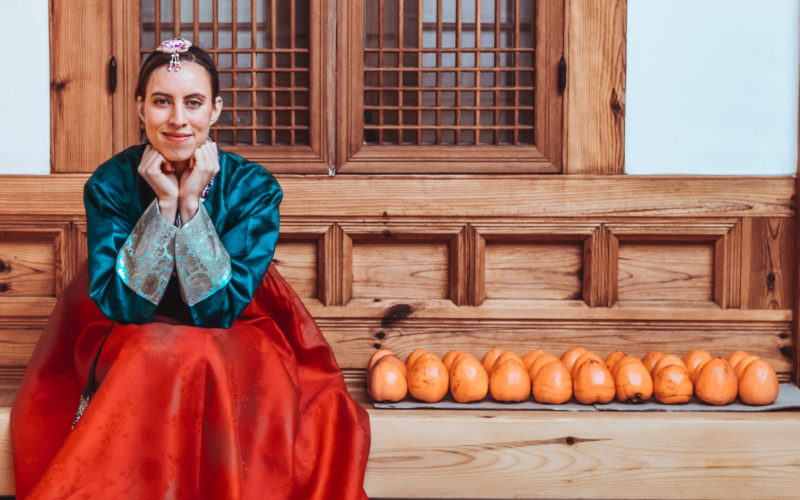

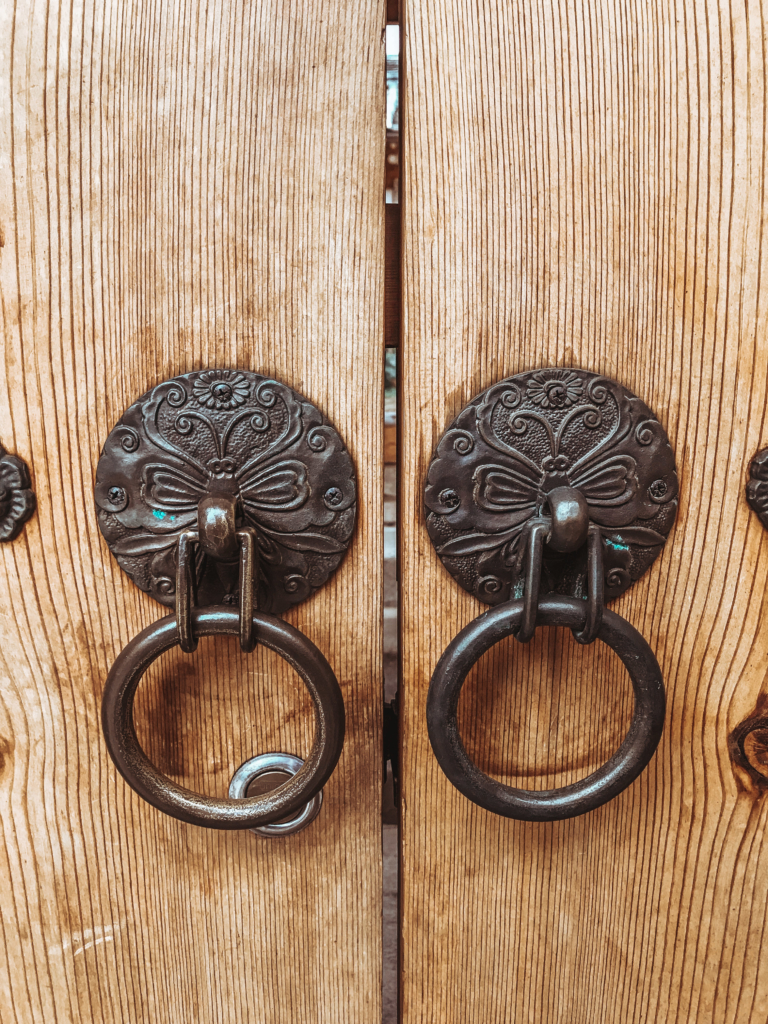
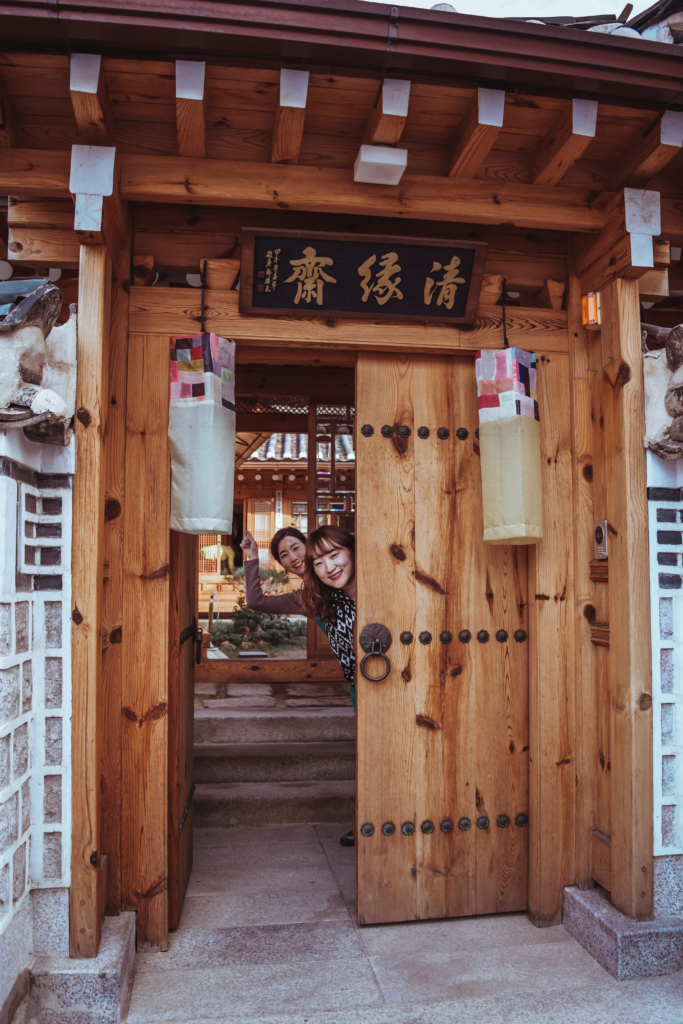
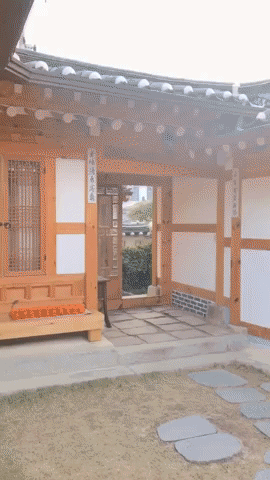
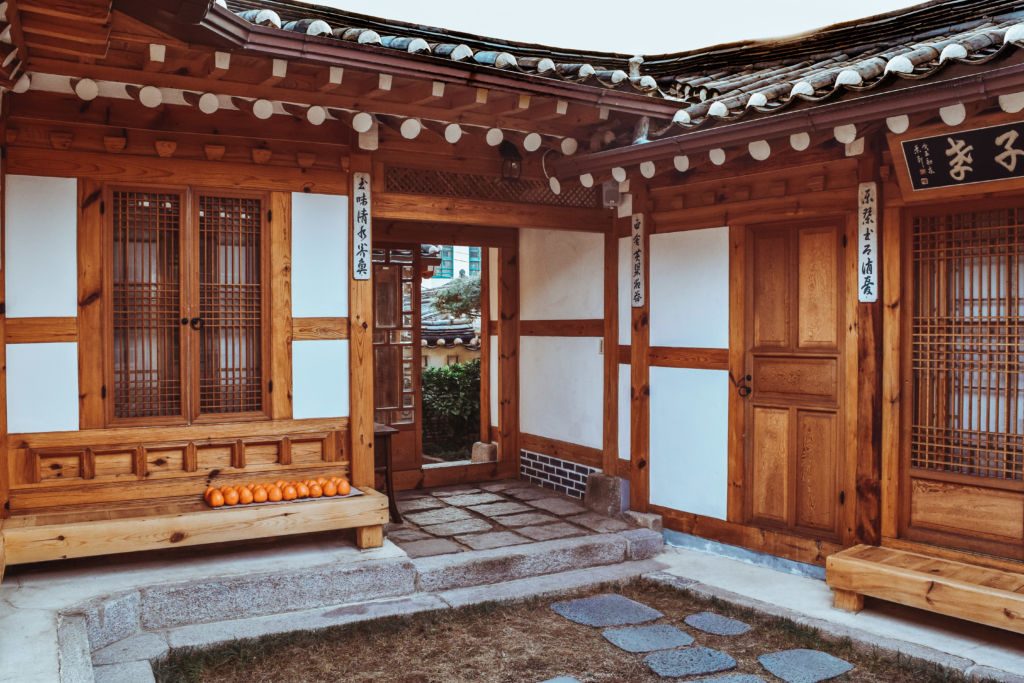
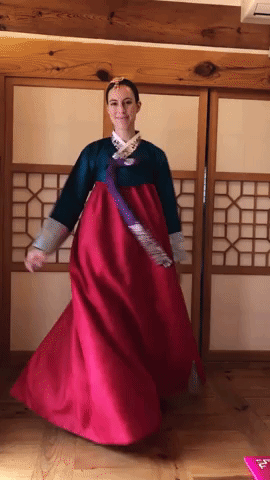
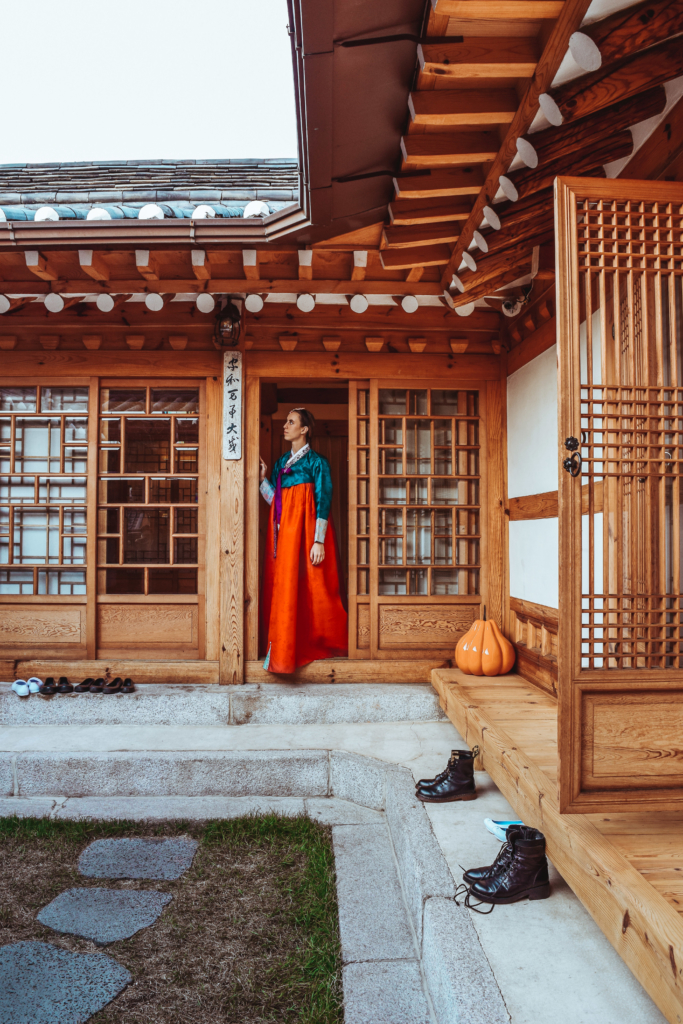
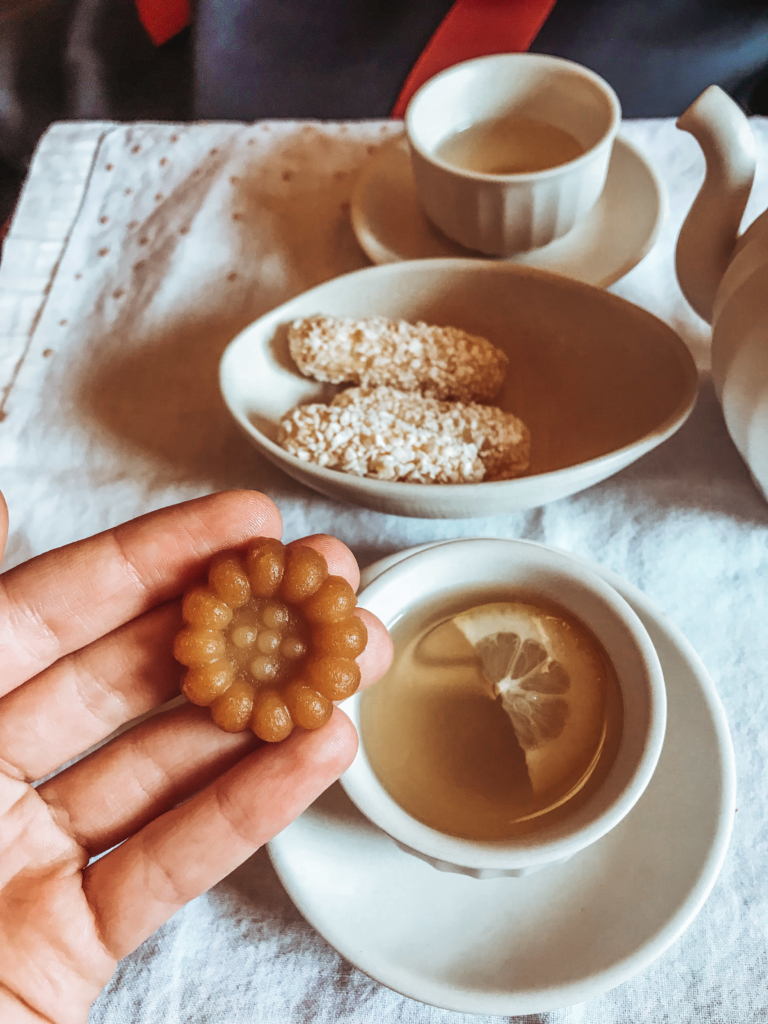
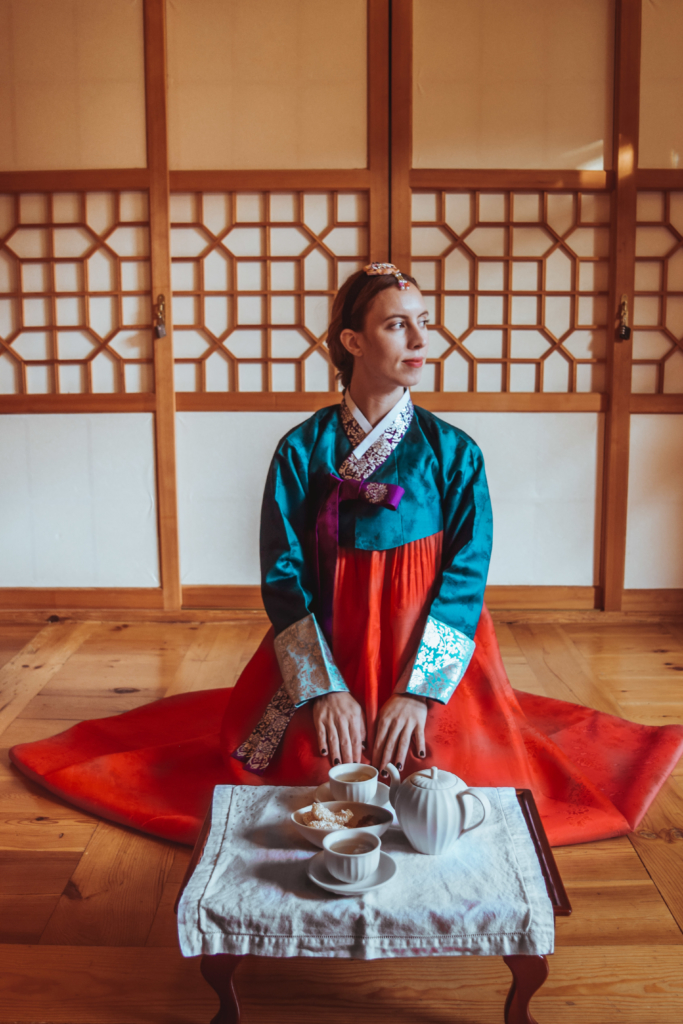
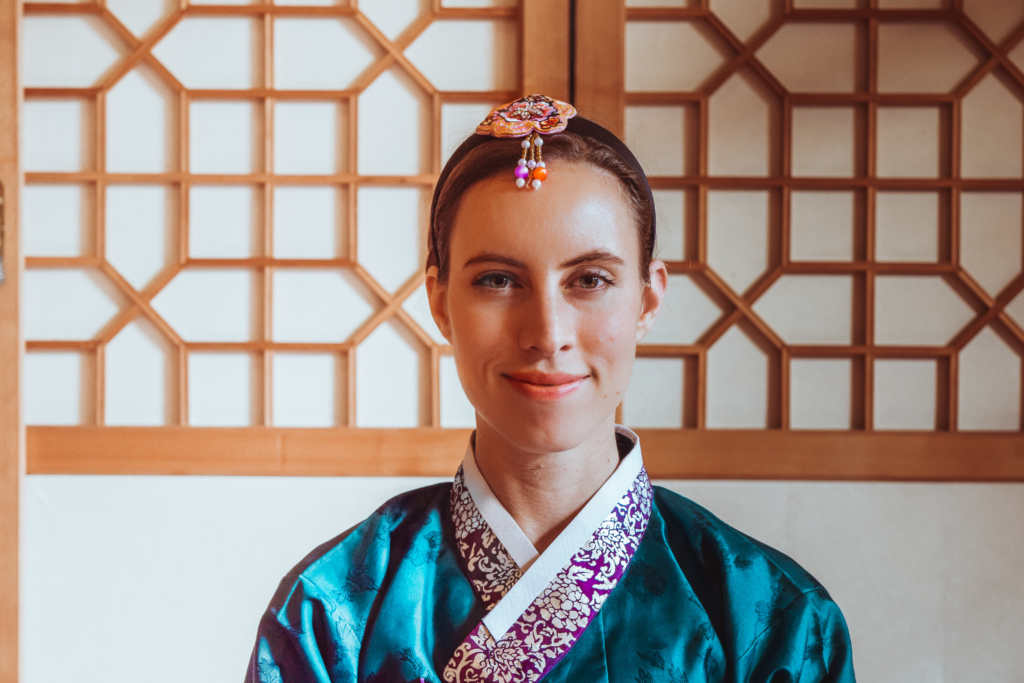
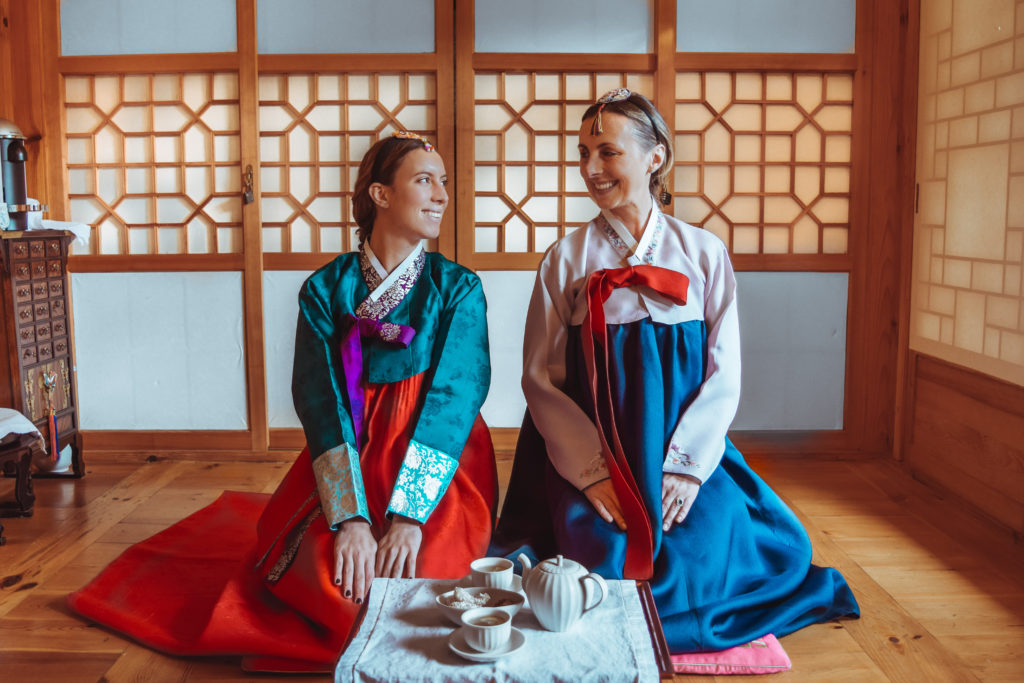
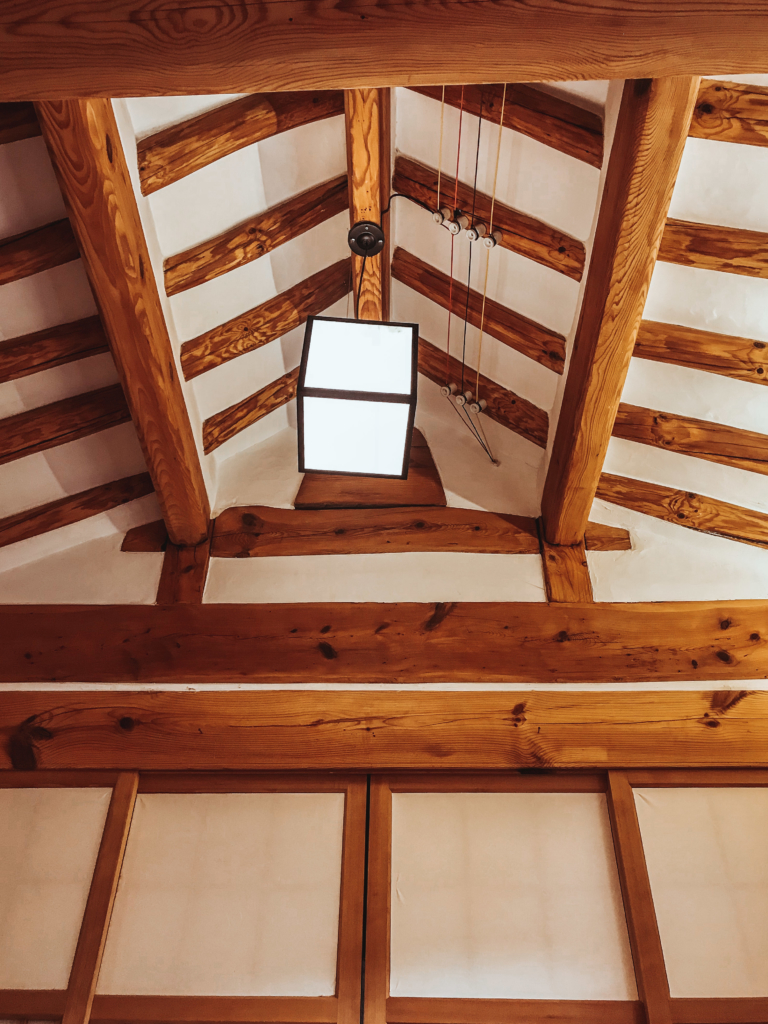
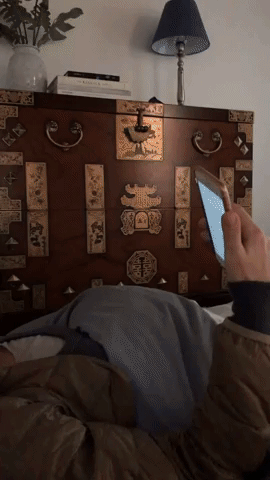
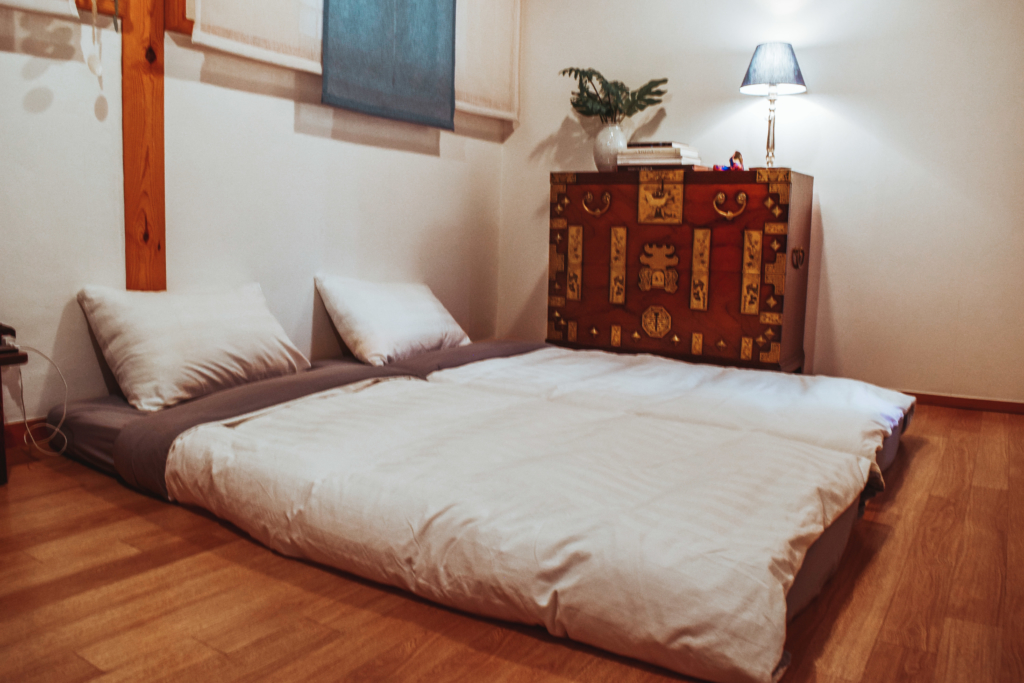
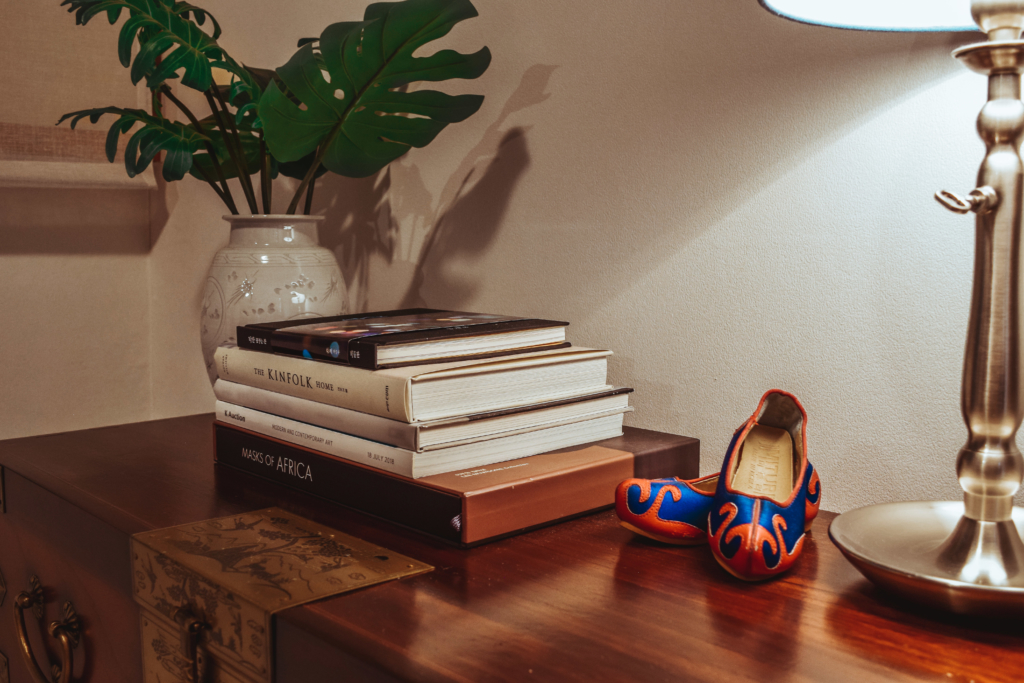
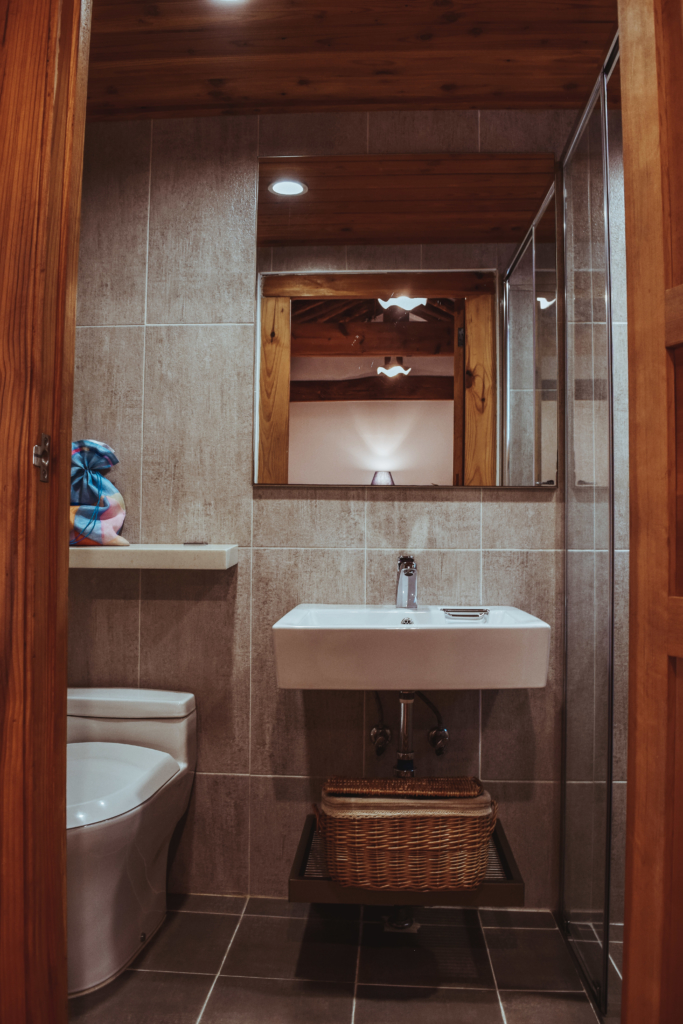
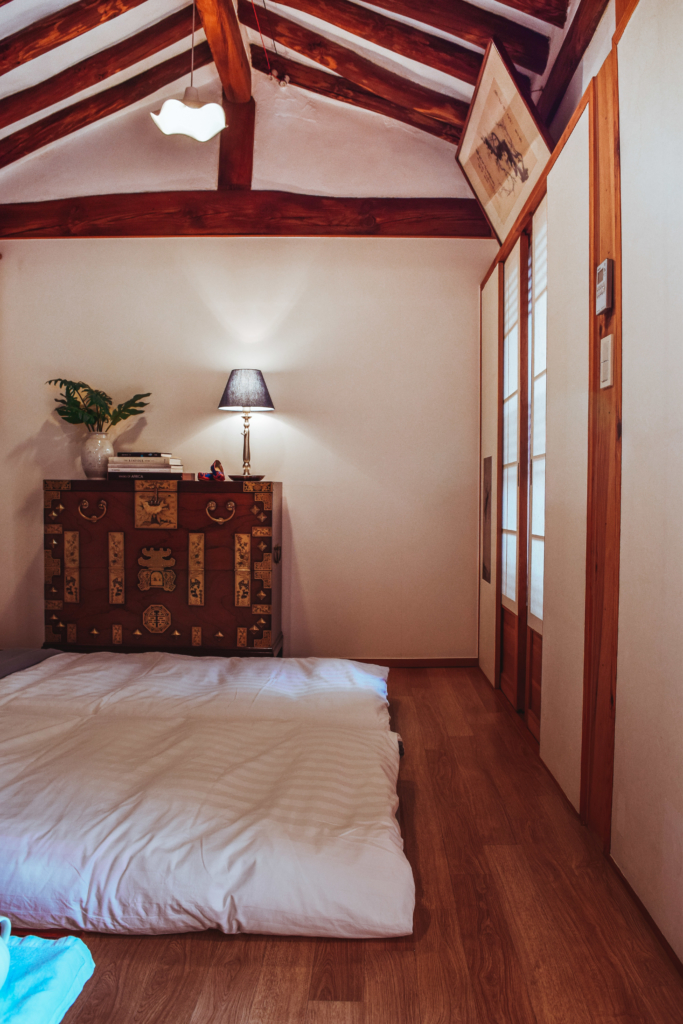
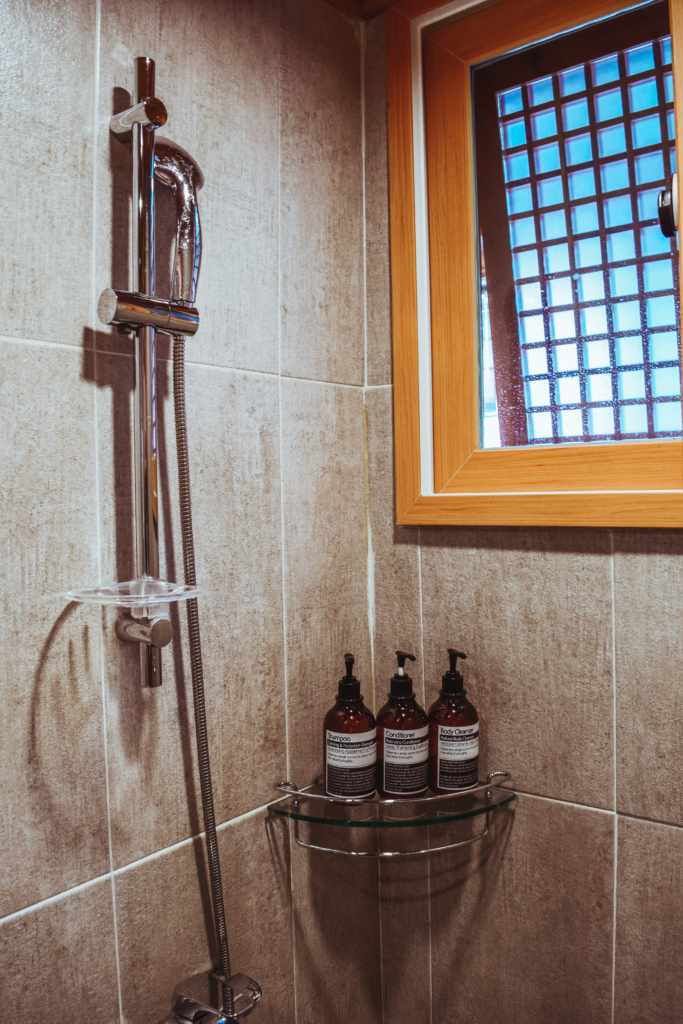
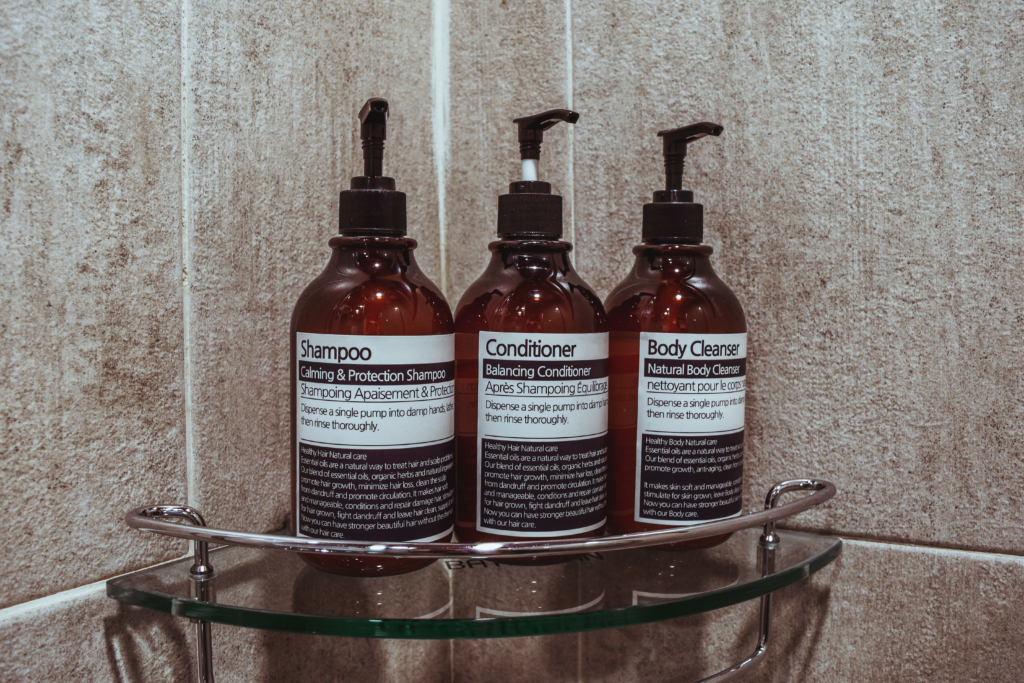
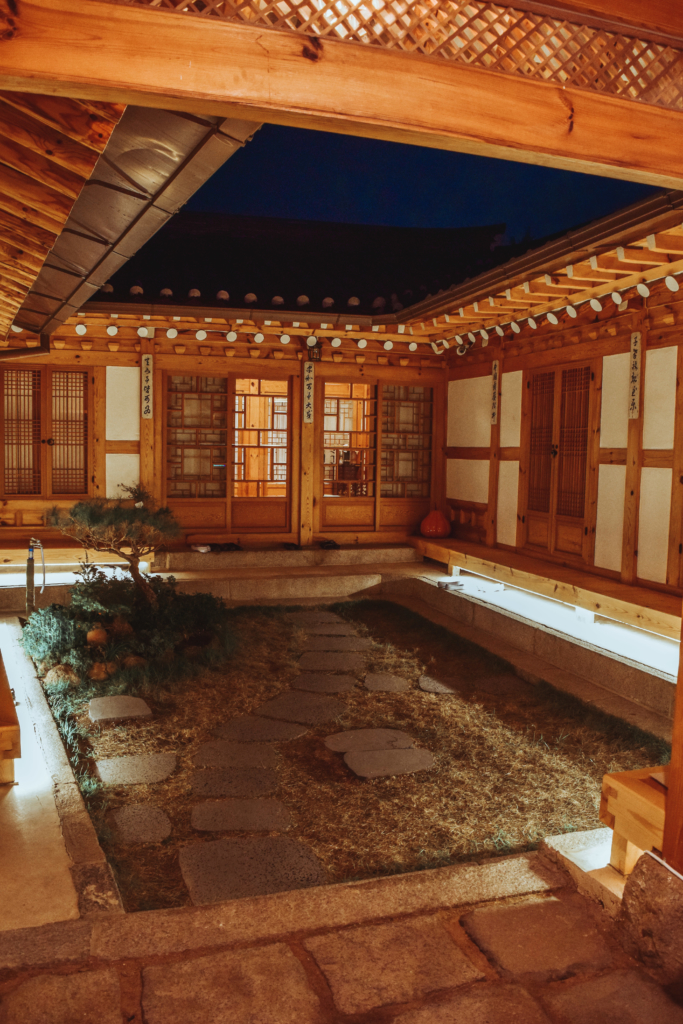
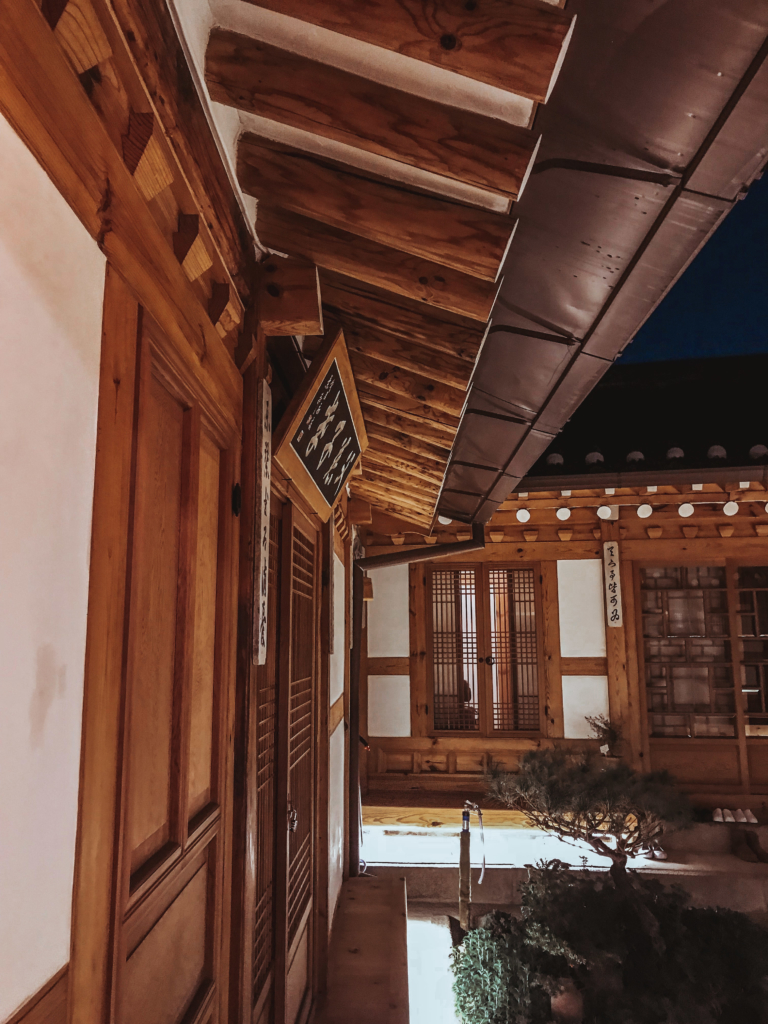
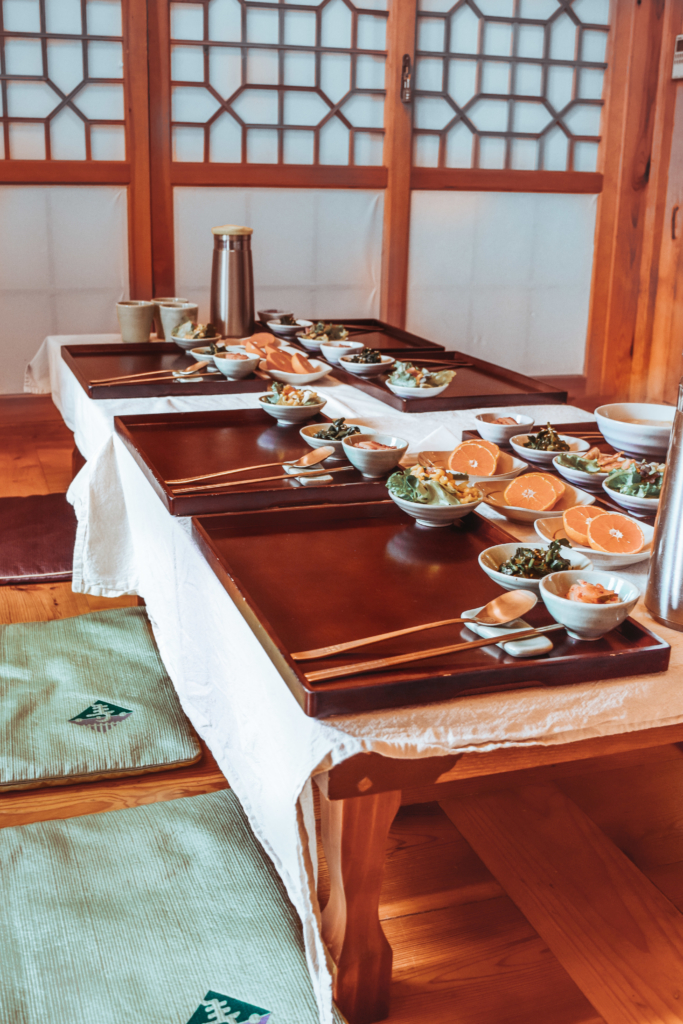
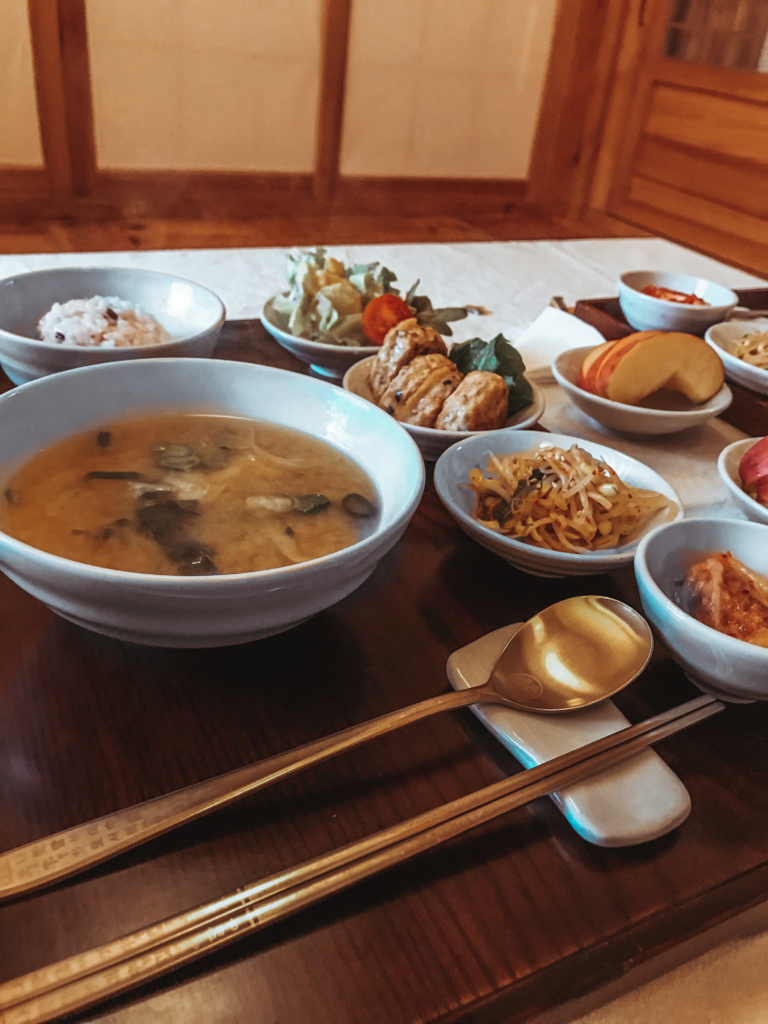
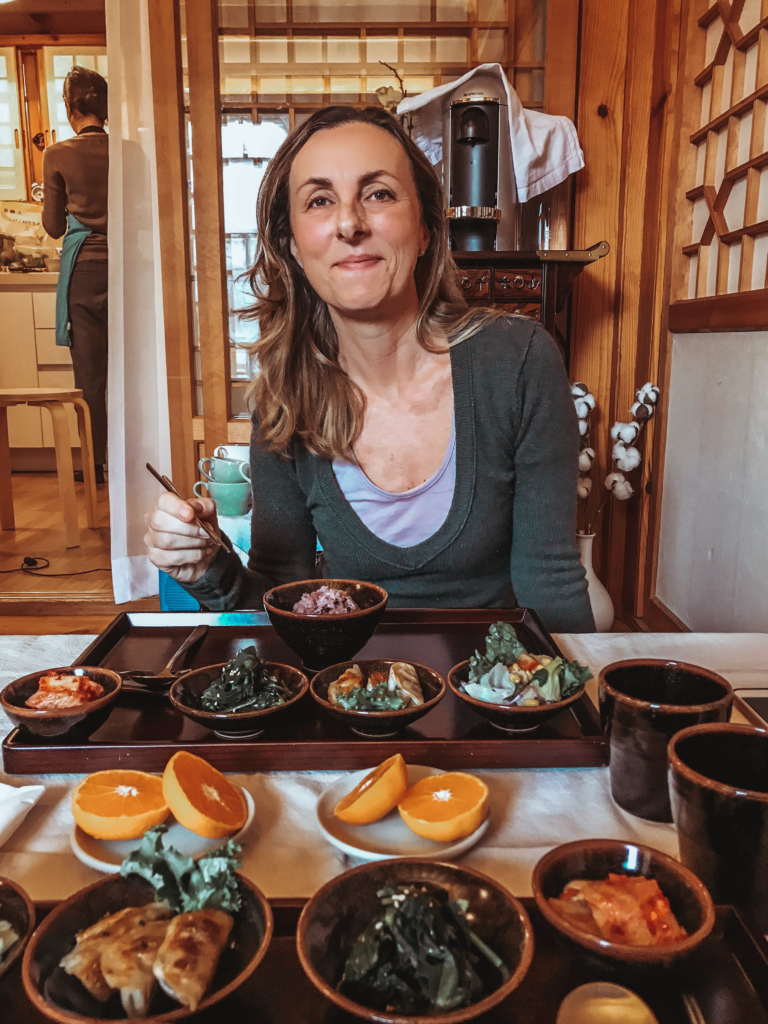
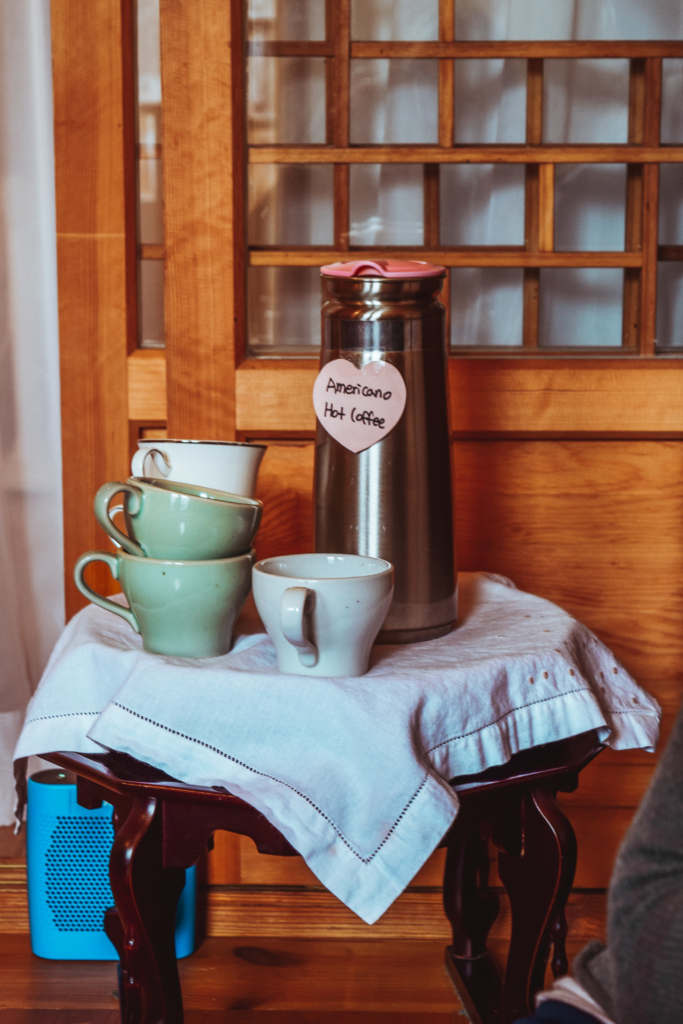
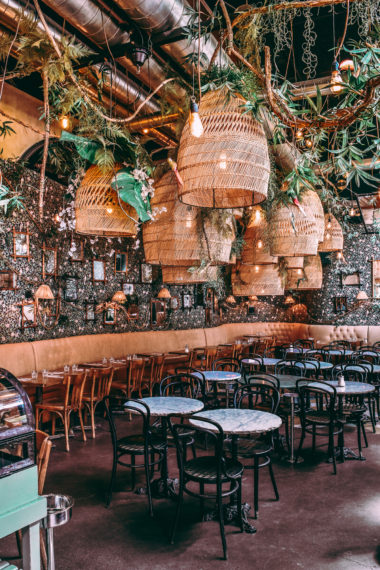
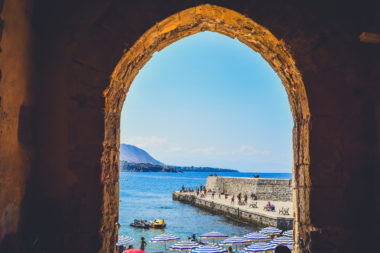
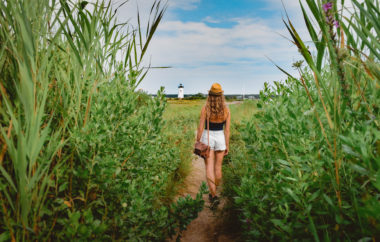
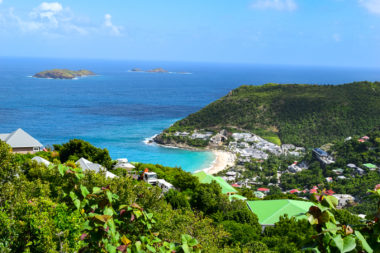
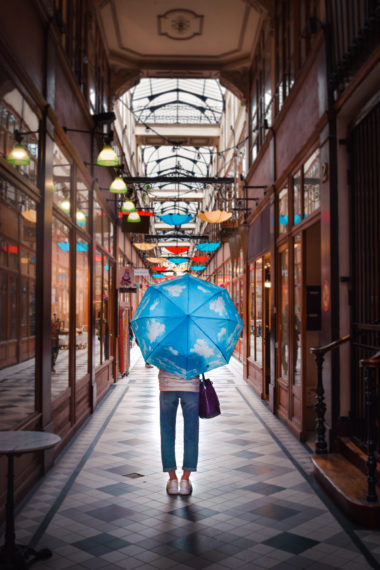
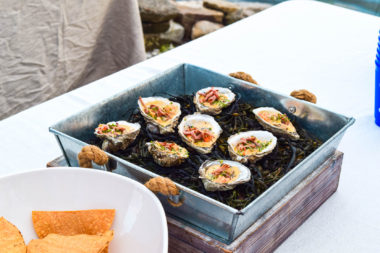

4 comments